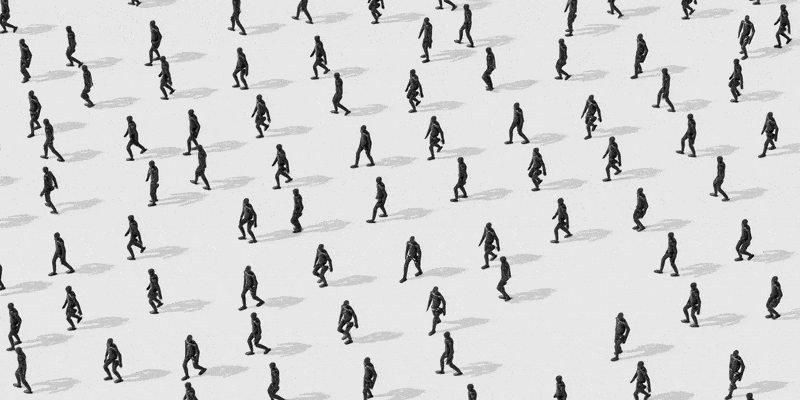An American robotic company, using AII, has succeeded in promoting its humanist robots with more natural and similar steps to human movement. According to recent reports, this new technology can help robots move in the real world more easily and perform different tasks more accurately and efficiently.
Using artificial intelligence to modify human robots’ steps
In a promotional video released, the Figure 02 robot made by the company is moving with human -like steps. This progress has been achieved by the help of reinforcement learning techniques, where thousands of virtual robots are in a physical simulator and correct their steps through trial and error. In this process, robots have improved their steps because of their reward for natural movements and thus have been able to make their walk more naturally similar to humans.
Known as “learned natural walking”, this technology has not only made the robots more natural, but also helped them to move easily into the physical world and overcome different barriers. With this capability, the Figure 02 robot can take steps to heel, lifting from your toes, and coordination of hands, which are all similar to human movements. This progress reflects a big step to facilitate the movement of robots in the real world.
This new technology can have many applications in various industries. For example, robots can do a variety of work in the manufacturing and warehousing industries, which are time -consuming and difficult for humans. Also, this progress will also affect the social interactions of robots. Robots can act more accurately in social situations and communicate more naturally with humans.
The reinforcement learning technique used in this project is based on the placement of thousands of virtual robots in a physical simulator where different land and barriers are simulated. These robots have modified their steps through trial and error and ultimately improve their steps similar to humans. This technique has made Figure 02 the ability to move naturally in the real world and become an important step in the development of human robots.
With this achievement, Figure hopes to introduce its robots to various factories in the future and use them in industrial environments. In 2024, the company tested its robots at a BMW factory and plans to introduce more models this year. Meanwhile, other competitors, such as Optronics and Agility Robotics, are also developing and introducing their humanist robots for use in factories and warehouses.
In general, this new technology can lead to a major transformation in human and robots interaction and help robots to act more natural and efficiently in the real world.
RCO NEWS















